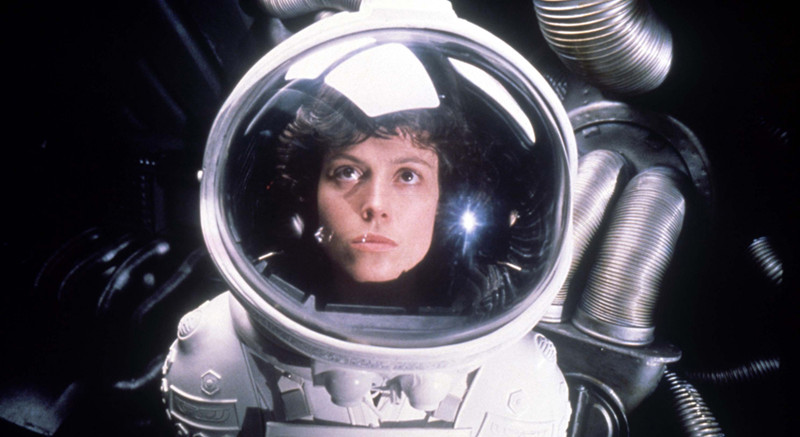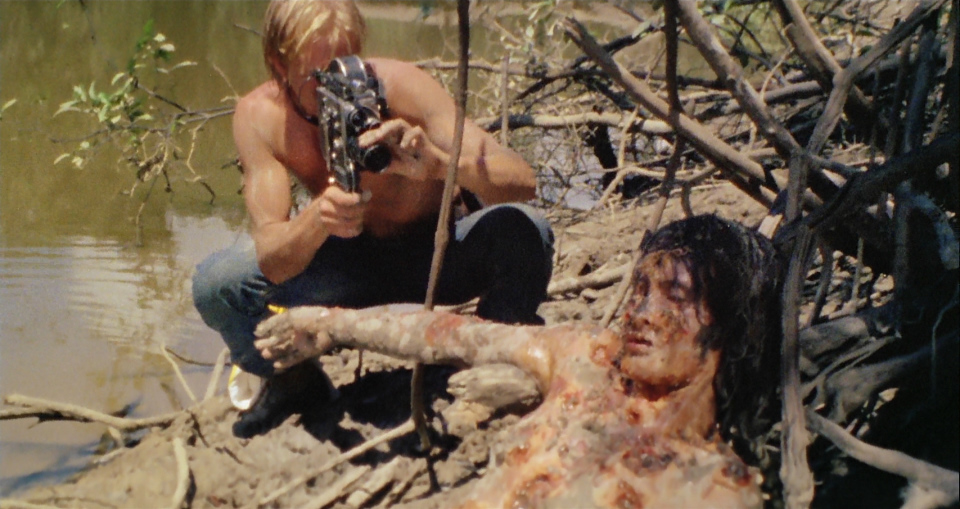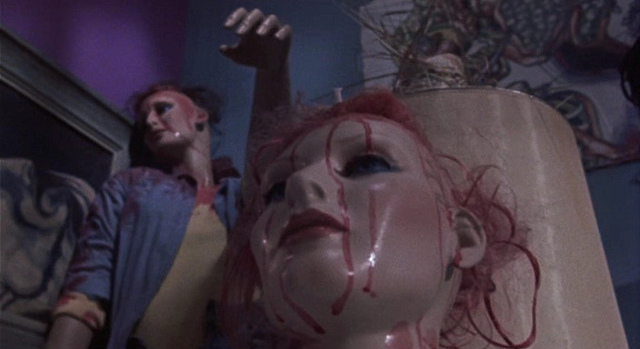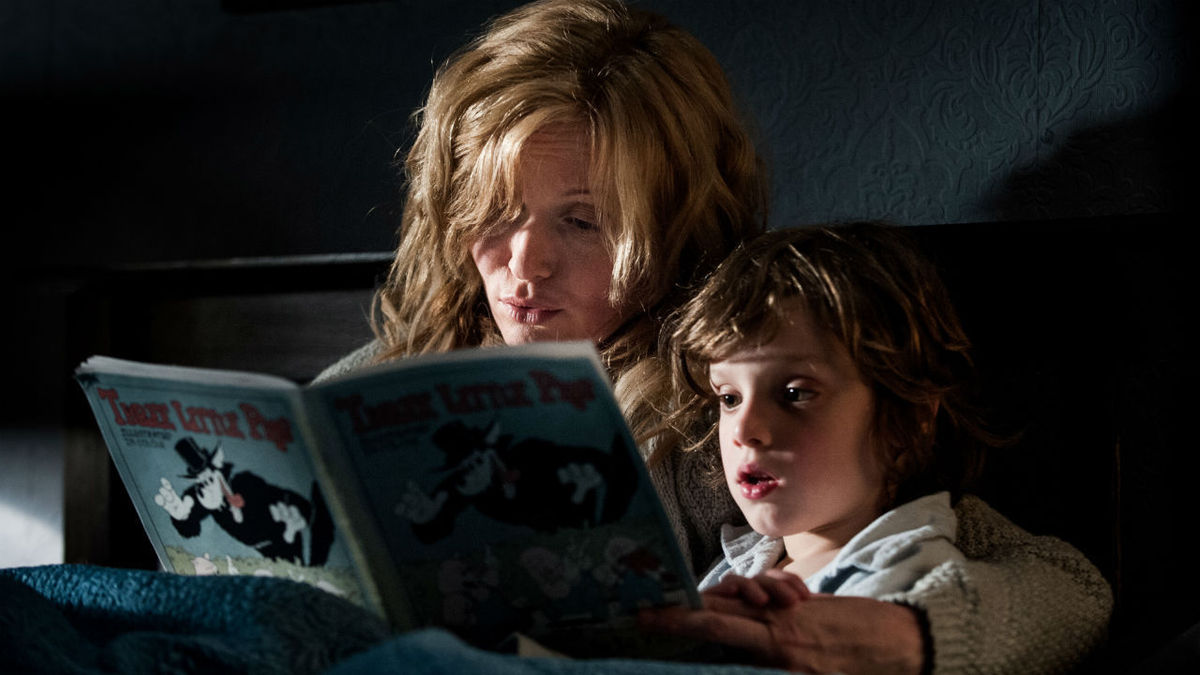6. Alien (1979)

While body horror was pioneered four years prior by David Cronenberg’s “Shivers” (1975), it was “Alien” that popularized the subgenre. Ridley Scott’s attempt to create “The Texas Chain Saw Massacre in space” still remains one of the best combinations of horror and science fiction genres. So, what are the conventions that the movie broke?
Unlike the vast majority of sci-fi/horror films released before it, “Alien” carefully followed Hitchcockian rules of suspense. While the creature design by H.R. Giger was more than realistic, Scott showed the monster in its full form only in the movie’s climax.
It also shocked the audience with the facehugger and chestburster scenes, which, according to many reviewers, represent the male rape and violent birth. Once again, alien creatures infesting a male character was pioneered by David Cronenberg’s “Shivers”, but not in that brutal way.
Finally, while the concept of a final girl was more or less present by the time “Alien” was released, it is arguably the first film that doesn’t depict the female heroine as a helpless victim who survives by sheer luck. Thus, it broke the rule that the men save the day.
7. Cannibal Holocaust (1980)

On average “The Blair Witch Project” (1999) is credited with the invention of the found footage horror subgenre, but “Cannibal Holocaust” pioneered it 19 years before the famous story of three students who got lost in the woods of Burkittsville, Maryland hit the theatres.
Italian director Ruggero Deodato, while making a handful number of movies in different genres from melodramas to psychological thrillers, made his name during the 1970s cannibal boom in the exploitation cinema, with the film called “Jungle Holocaust” (1977). Merely three years after the release of that movie, he was approached by German producers to make a similar film.
Instead of making another cheap exploitation cannibal flick, Deodato decided to make a film with the social commentary.
Thus, he broke the rules of the cannibal film subgenre, as instead of focusing on western men being tortured by cannibals (although that also happens in this movie), Deodato explores the damage that western culture causes the aborigines. At the end of the film, viewers are left wondering who are real savages.
8. Maniac (1980)

By 1980 the standards of slasher genre were more or less established. There is a maniacal killer on the loose, and there are his victims, one of whom is a prospective final girl. Most slasher movies focus on the potential victims, while the maniac is lurking in the shadows.
Little is known about the killer, and if we receive some information, it mainly comes from the main protagonists or supporting characters. There can be some psychiatrist who will shed some light on the case or an urban legend that may give you a hint about the killer’s personality and his motives.
William Lustig’s controversial movie took a different approach. Instead of focusing on the victims’ everyday peaceful life being destroyed by the sudden appearance of the maniac, “Maniac” focuses on the killer himself. And not from the perspective of his victims, but through the killer’s perspective.
Thanks to the hallucinations that the title character experiences throughout the movie, the viewer can piece together the killer’s past and his main motives.
9. Under the Skin (2013)

Horror movies about aliens on the Earth generally have the aliens trying to destroy the humankind, with humans trying to survive (“Invasion of the Body Snatchers” (1978)) or aliens hunting on people for trophies (“Predator” (1987)). In both cases, humans are portrayed as protagonists, while aliens are portrayed as villains.
Jonathan Glazer’s third movie takes an absolutely different approach. Just like the “Maniac”, instead of focusing on people who are trying to fight the aliens, it unveils its plot through the perspective of the alien – played by Scarlett Johansson. For the first half of the movie, viewers are sure that they are watching “Invasion of the Body Snatchers” or “Predator” through the eyes of the alien. But “Under the Skin” takes a different turn.
The alien was studying humans most of the films, and at a certain point, it tries to understand what is it like to be one. The movie provides viewers with enough of thrills and chills with the help of inhuman indifference of the alien. But the real horror of the film lies in the fact that it allows us to watch ourselves – humans – from a distance, and see the complete absence of logic in our existence.
10. The Babadook (2014)

Jennifer Kent’s first feature film became a box-office and critical success. It joined the new wave of horror movies known as post-horror. Although a lot of critics consider ‘post-horror’ to be just another unnecessary label, as movies that generally get labelled as such are closer to the horror genre roots. They avoid jump scares; they focus on psychology; they use imagination instead of doing everything by the unwritten rules.
“The Babadook” is not the first ‘post-horror’ movie, and definitely not the last one. ‘Post-horror’ still doesn’t have its conventions and unlikely will, as its only purpose is to break the conventions. While at first glance “The Babadook” doesn’t offer something new, as it is another movie that explores evil within, it provides quite a unique ending.
On the average, horror movies have either happy or ambiguous endings, but “The Babadook” broke the conventions and offered the audience an ambiguous happy ending. You can pet the evil within yourself, but you can never get rid of it.